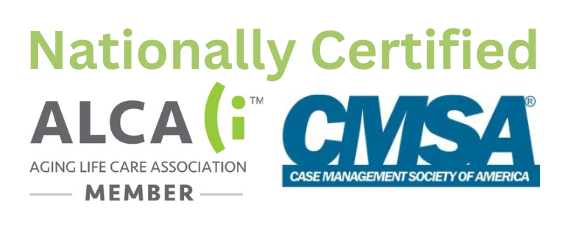Glaucoma has been dubbed the “sneak thief of sight.” Outside the examination room, symptoms are essentially non-existent until vision is lost. Once the disease has stricken a victim, the damage is irreversible.
According to the National Eye Institute (NEI), 2.7 million people in the US currently suffer from glaucoma. That number is expected to rise to 4.2 million by 2030. High-risk populations include African Americans age 40 and up, and everyone age 60 and up. Mexican Americans aged 60 and over are particularly vulnerable. Diabetics and people with severe near-sightedness are also at elevated risk.
What is Glaucoma?
Glaucoma may refer to any number of eye diseases that degenerate vision gradually, and without warning. The loss of vision is caused by damage to the optic nerve, which acts as an electric cable containing over a million individual wires. These “wires” carry sensory information from the eye to the brain, which processes the data into the images we perceive.
There are two types of glaucoma that are considered “primary.” These are Primary Open Angle Glaucoma (POAG), and Angle-Closure Glaucoma (ACG). Without getting into too much technical detail, both of these types of glaucoma are caused by an increase in intraocular pressure (IOP). This refers to the pressure within the eye itself, which, when elevated, can result in dysfunction of the optic nerve.
According to the Glaucoma Research Foundation (GRF), POAG is by far the most common, accounting for 90% of all glaucoma cases. Both POAG and ACG are the result of blockage of the drainage canals, which increases IOP. The difference is that POAG is associated with gradual onset, while ACG is sudden and requires immediate treatment.
Normal-Tension Glaucoma (NTG) is a condition where the optic nerve is damaged despite normal IOP levels. Causes of NTG are largely unknown. It’s not clear how one’s optic nerve may be damaged under normal IOP conditions. However, higher risk populations are known to include those with a family history of NTG, people of Japanese ancestry, and those with a history of systemic heart disease such as arrhythmia.
Prevention
Glaucoma is the primary cause of blindness among African Americans. The risk is nearly as high for older Hispanic Americans. Unlike that of glaucoma, however, vision loss caused by cataracts is reversible.
Symptoms appear gradually, and often begin at the periphery of the field of vision. By the time symptoms become noticeable, significant damage may already have been done. As a result, substantial vision loss may have already occurred, so keep a lookout for the signs in your loved ones.
Because of the sneaky nature of this disease, the most effective prevention against POAG is regular eye exams, increasing in frequency with age. Early detection is tantamount to prevention of vision loss associated with POAG.
Exams should be conducted every two to four years on those under age 40, every 1 to 3 years on those aged 40-54, every 1 to 2 years on those aged 55-64, and every 6 to 12 months on those aged 65 and over. Anyone with elevated risk factors should be tested every 1 to 2 years after age 35.
Glaucoma examinations include a number of tests including IOP, shape and color of the optic nerve, the complete field of vision, the angle where the iris and cornea meet, and the thickness of the cornea. All of these tests can identify early stages of glaucoma, potentially saving the patient’s vision through treatment.
Treatment
Glaucoma may be controlled through a number of treatment options, including oral medications, eye drops, traditional or laser surgery, or any combination of these methods. Once glaucoma is detected and treatment initiated, most patients are able to have their sight preserved.
Pills may cause side-effects and are typically deployed as a bolster to eye-drop treatments that are not creating the desired results. The eye drops, while potentially causing side-effects as well, can be kept out of the blood stream more easily through proper administration.
Traditional surgical options may be suggested when the pharmaceutical treatments are ineffective. This option is essentially creating a hole of a very specific diameter to unblock the drainage canal to release pressure, thereby dropping it back to more normal levels. This procedure is not without risk and would most likely be considered a last resort.
Laser surgery is gaining in popularity as an intermediate step between pharmaceutical and traditional surgical treatments. It also targets blocked drainage canals with an aim toward normalizing IOP. It’s painless, quick, and can be very effective.
While January is National Glaucoma Awareness Month, raising awareness during the entire year by talking to people about their experiences, or those of their loved ones with glaucoma, or sharing your own experience is a great idea. You are also encouraged to support the National Eye Institute and Glaucoma Research Foundation in their efforts to improve prevention and care of this all-too-common thief of vision.
Feel free to contact our senior care management team for more information.








